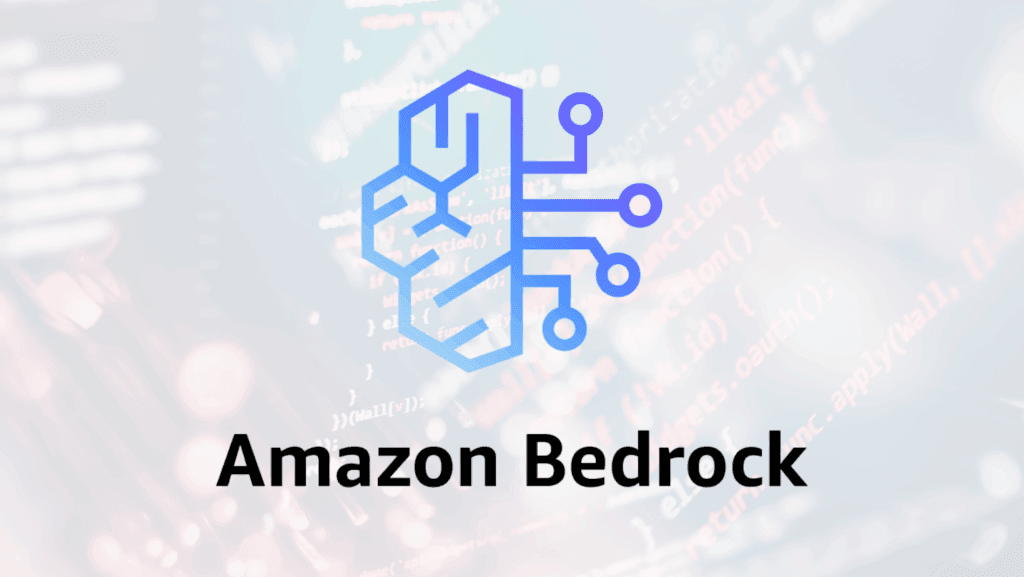The transformer trap: Why your AI strategy needs an exit plan

We’re not in an AI bubble—we’re in a transformer architecture bubble
Let’s be precise about what we’re witnessing. This isn’t a broad AI bubble destined to burst. This is something more specific and more dangerous: a race toward AGI through a single architectural paradigm. Since Google’s research paper “Attention is All You Need” kick-started the LLM arms-race in 2017, the entire generative AI industry has become a monoculture built on Generative Pre-trained Transformers (GPTs).
OpenAI, Anthropic, Meta, Google—they’re all racing down the same architectural highway, and we’ve collectively bet our AI futures on their success. But here’s the uncomfortable question no one wants to ask at the boardroom table:
What happens when the music stops?
The thought experiment no one wants to run
Imagine this: tomorrow morning, you wake up to news that OpenAI, Anthropic, and Meta have ceased operations. Catastrophic funding collapse, regulatory shutdown, geopolitical intervention—pick your disaster scenario.
What happens to your AI strategy?
If your answer involves panic, frantic vendor negotiations, or a complete halt to your AI initiatives, you have a dependency problem masquerading as an innovation strategy. And here’s the paradox: this scenario, however unlikely, might actually accelerate healthy innovation. It would force the industry to diversify, to build resilient architectures, to treat LLMs as the commodities they’re becoming rather than the magic they’re marketed as.
But we don’t need to wait for a catastrophe to recognise the risks. The warning signs are already here.
The slow-motion trainwreck already in progress
Forget hypothetical disasters. The real risk is already materialising, and it’s far more insidious than a sudden shutdown. It’s death by a thousand cuts—or rather, a thousand cost increases, quality degradations, and silent failures.
The pricing bait-and-switch
We’re already seeing the pattern emerge. Investors who’ve poured billions into these companies are starting to ask uncomfortable questions about returns. And when they do, the squeeze begins:
- Prices suddenly increase with minimal notice
- “Unlimited” plans that were marketed as the foundation of your product get retroactively capped
- Premium features get moved behind higher-tier pricing walls
- Pay-as-you-go costs fluctuate based on the vendor’s quarterly targets
Users are already reporting this in real-time. Coding assistant users who built workflows around “unlimited” usage suddenly find themselves hitting daily caps—5 hours of usage, then nothing. Credits that used to last a month burn through in minutes, with a friendly message suggesting you upgrade to the pay-as-you-go API at enterprise pricing.
It’s the equivalent of your mobile provider calling mid-month to say: “Sorry, ‘unlimited’ was more of a theoretical concept. There was always a practical cap—we just never told you what it was and you never hit it. You’ve hit it now, and here’s your new pay-as-you-go rate.”
The silent quality degradation
But pricing games are just the obvious problem. The truly dangerous risk is invisible: quality degradation happening behind the API.
When LLM providers need to cut costs, they don’t send you a memo. They don’t update the release notes. They simply reduce the compute behind the scenes. Maybe it’s a smaller model responding to certain query types.
Maybe it’s reduced context windows. Maybe it’s more aggressive caching. Whatever it is, you won’t know until your product starts failing.
And here’s the nightmare: how would you even detect it?
Your prompts haven’t changed. Your code hasn’t changed. But suddenly:
- Research agents start missing crucial information in retrieved documents
- Hallucinations increase, subtly and insidiously
- Tool calling becomes less reliable
- Decision-making degrades in ways that are hard to quantify
- Agents that were brilliant last month are merely adequate this month
You’re flying blind, trusting a black box that’s changing underneath you with no warning, no visibility, and no recourse.

There’s another way: Engineering over magic
The alternative isn’t to abandon LLMs. It’s to treat them as what they actually are: powerful but commoditised components in an engineered system. Not magic. Not irreplaceable. Components.
Model agnosticism as first principle
We believe a proper Agentic-AI architecture starts with a simple premise: no single model should be irreplaceable. Using a platform like AWS Bedrock (or or any other platform that allows you to swap out the underlying model), you build with the assumption that models are interchangeable parts, each with different performance characteristics, costs, and failure modes.
This isn’t theoretical. This is practical engineering:
- You can swap models with configuration changes, not code rewrites
- You can A/B test different models for different tasks in production
- You can run evals across multiple providers to understand performance trade-offs
- You can make cost/quality decisions based on actual data, not vendor marketing
Visibility and control: System engineering, not AI magic
The real differentiator isn’t model access—everyone has that. It’s treating LLM integration as a systems engineering problem:
Complete observability. You need to see exactly what’s happening at every step: which model is being used, how many tokens are consumed, what the latency is, how much it costs, and whether the output quality is degrading over time.
Automated testing at scale. You need continuous eval pipelines that test new models as they’re released, benchmarking them against your specific use cases, not general leaderboards. You need to know before your customers do when a model’s performance changes.
Runtime switching with confidence. You need the ability to swap models in production based on cost, quality, or availability—and you need the monitoring to know that the swap didn’t break anything.
Open weights as insurance. In the doomsday scenario where commercial providers fail or become uneconomical, you need the option to run open-source models on your own infrastructure. This isn’t your first choice—it’s your insurance policy.
The competitive advantage of boring engineering
Here’s the uncomfortable truth: your competitors who treat this as “AI magic” will have more exciting demos at first. They’ll ship faster initially. They’ll have better marketing stories about their “proprietary AI.”
And then the vendor increases prices. Or degrades quality. Or changes terms. Or goes out of business.
But, there’s reason that MIT’s report says 95% of AI Agents pilots fail and it’s not because of how powerful the models are, it’s due to a lack of proper engineering. Suddenly your boring, well-engineered, model-agnostic approach becomes a massive competitive advantage. You’re on the front foot. You have visibility. You have control. You have options.
When everyone else is panicking about their single–vendor risk, you’re running evals on three alternative and new models and making a data-driven decision about which to cut over to. When everyone else is trying to reverse-engineer why their AI product suddenly got dumber, you’re looking at your observability dashboard and seeing exactly what changed.
This is what engineering looks like in the age of LLMs. Not magic. Not vendor dependency. Not hope.
Engineering.

Building on Bedrock, not on sand
The metaphor is almost too perfect: building on Bedrock isn’t just about using a specific AWS service. It’s about building on a solid foundation where you understand what’s running under the hood, where you have visibility into the system’s behaviour, where you can swap components with confidence because you’ve tested them and you know they work.
It’s the difference between building a house on sand—hoping the foundation holds, trusting that the vendor won’t change the ground beneath you—and building on bedrock, with proper engineering, proper instrumentation, and proper control.
The transformer architecture isn’t going away. AGI might or might not arrive through this approach. But either way, the providers racing toward it are commercial entities with shareholders, cost pressures, and incentives that will inevitably diverge from yours.
Your AI strategy should assume this is true—and build accordingly.
The bottom line
We’re in a transformer architecture bubble not because the technology is bad, but because the entire ecosystem has become dependent on a handful of vendors pursuing increasingly powerful (and power-hungry) frontier models through a single architectural paradigm with uncertain economics and increasing commercial pressures.
The winners in this environment won’t be the companies with the best vendor relationships. They’ll be the companies that treated LLMs as commodities, built proper engineering around them, maintained control over their own destiny, and had an exit plan from day one.
Not because they expect catastrophe, but because they understand that dependency without alternatives isn’t strategy—it’s risk.
And in a world where your AI capabilities are becoming core to your product, that’s a risk you can’t afford to take.